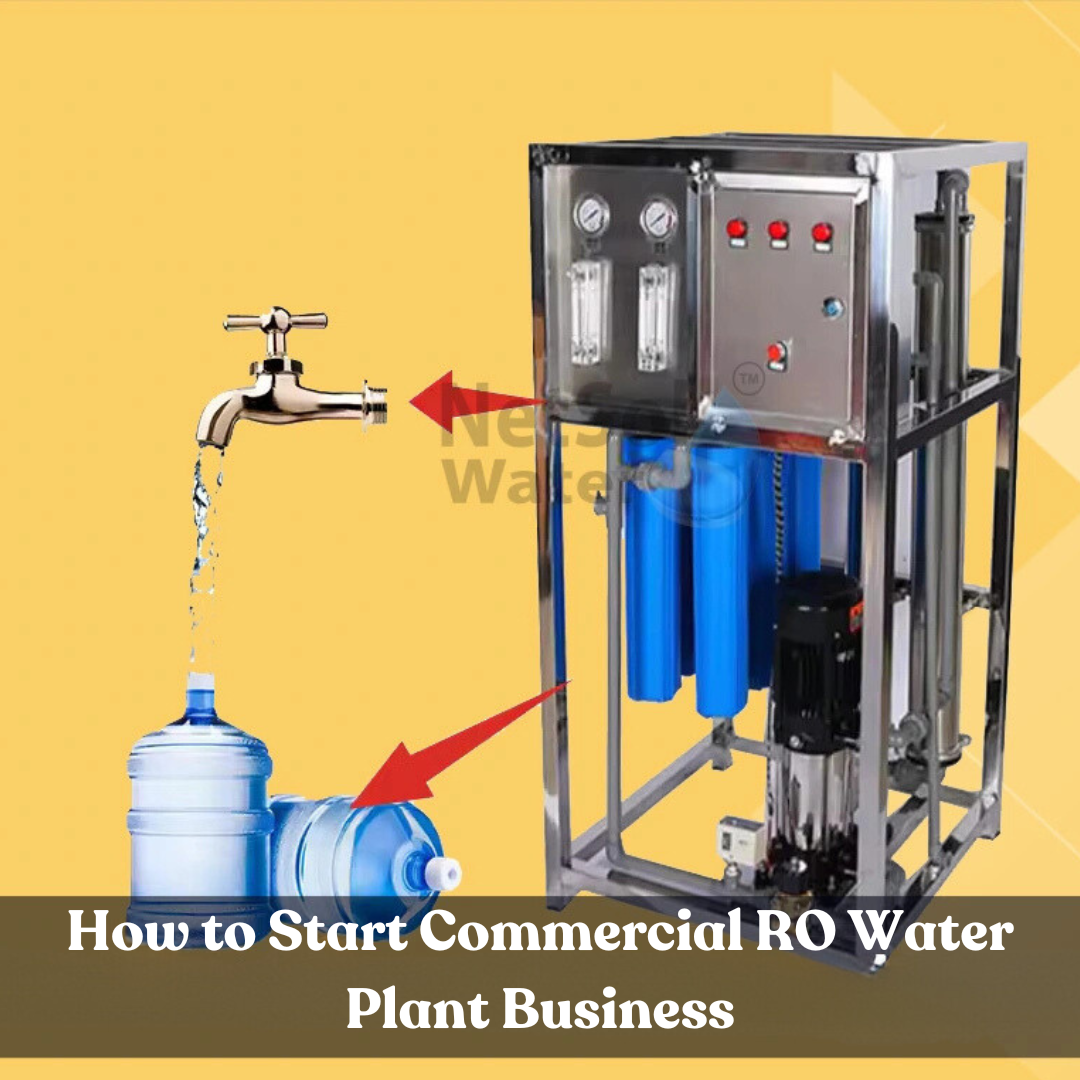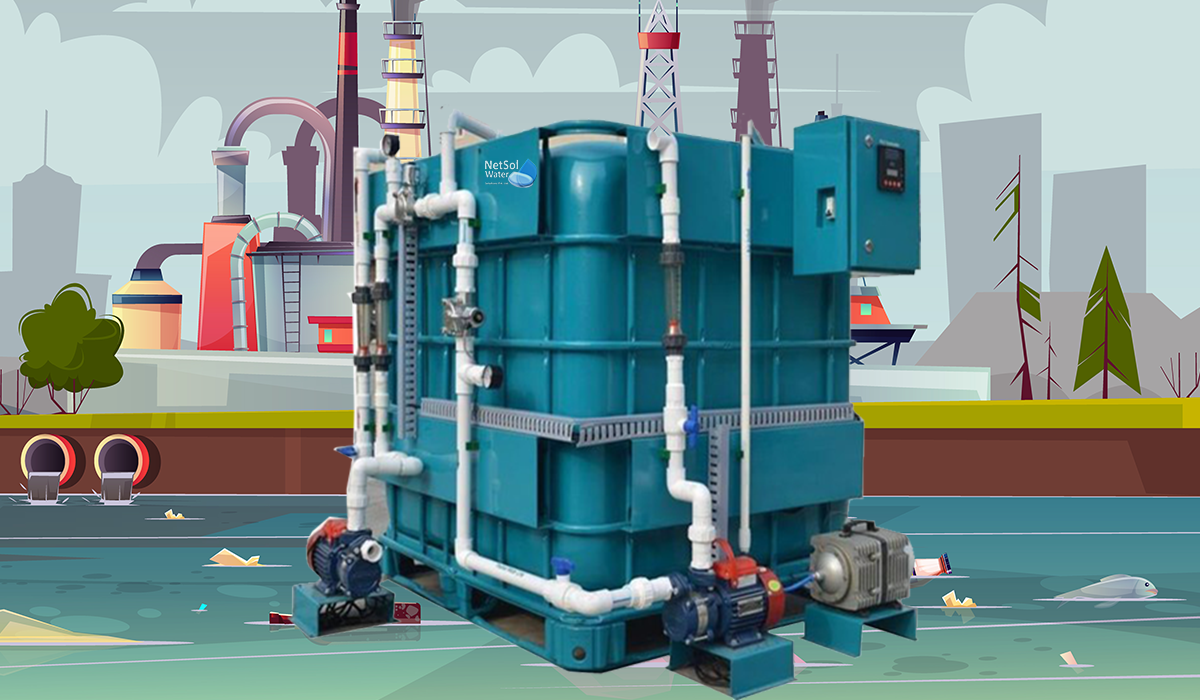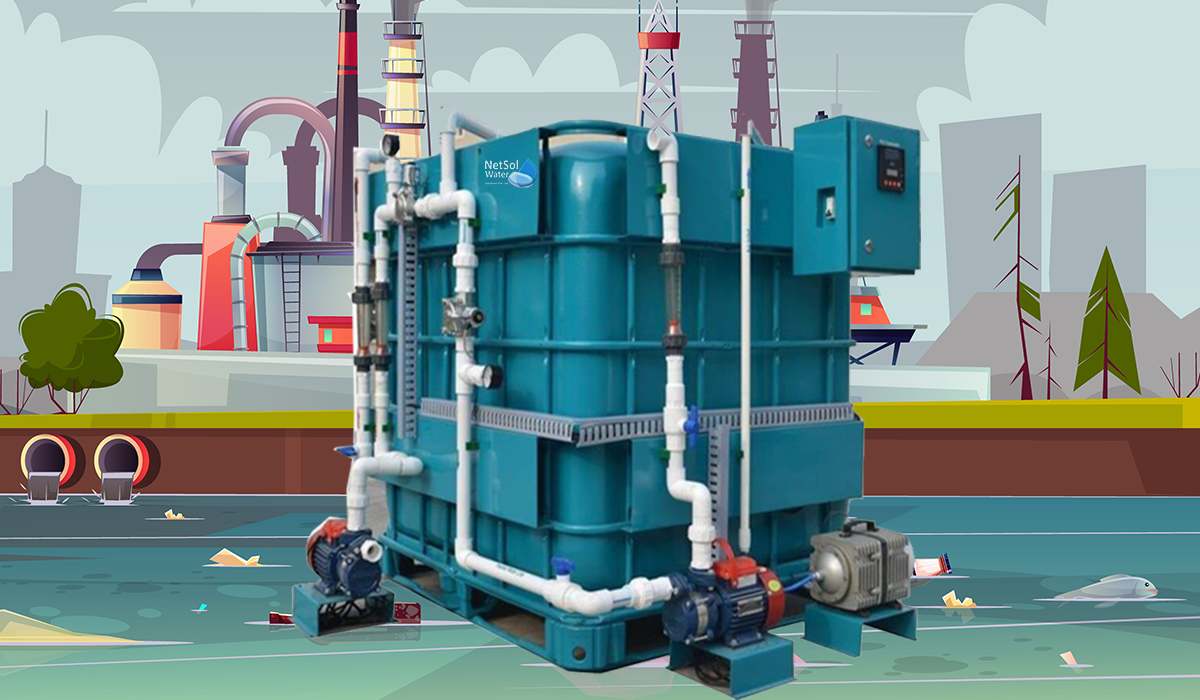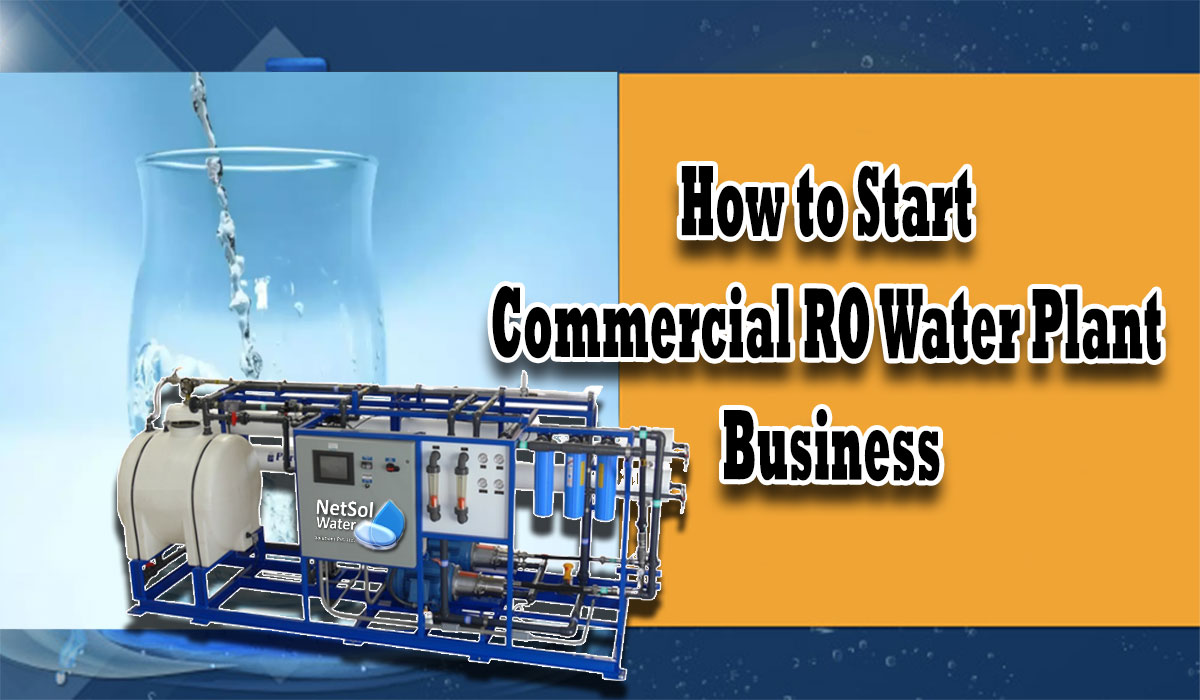How to Start a Commercial RO Water Plant Business: A Step-by-Step Guide in 2024

Strong 8k brings an ultra-HD IPTV experience to your living room and your pocket.
Starting a commercial RO water plant business can be highly profitable, as demand for purified water continues to rise across sectors like manufacturing, hospitality, healthcare, and residential complexes. The need for safe drinking water is greater than ever, making this business a sustainable choice. Here’s a concise guide on how to start a commercial RO water plant business, covering the key steps for success.
1. Conduct Market Research and Develop a Business Plan
The first step is to research your market to understand the demand for purified water in your area. Identify potential customers, such as hotels, schools, and factories, and analyze competitors’ services and prices. A well-prepared business plan should outline your market analysis, startup costs, target audience, and unique selling proposition.
Financial Planning: Calculate initial costs, including equipment, permits, marketing, and daily operating expenses.
Revenue Projections: Estimate revenue by considering potential clients and the local demand for purified water.
2. Choose an Ideal Location for the Plant
The location of your RO water plant is crucial. Look for a site that has access to a reliable water source and good transportation links to facilitate water distribution. Ample space is also necessary for setting up equipment, storage, and packaging areas.
Water Source: A dependable water source is essential for continuous operations.
Transport Access: Ensure ease of access for delivery and distribution of purified water.
3. Obtain the Necessary Licenses and Permits
Adhering to legal requirements and obtaining proper certifications is essential when planning how to start a commercial RO water plant business. Some key licenses and permits include:
Business Registration: Register your business under the appropriate structure (sole proprietorship, partnership, or LLC).
Water Quality Certifications: Obtain certifications to verify your water quality meets health standards.
Environmental and Waste Permits: Secure permissions for waste disposal and any potential environmental impact.
4. Invest in Equipment and Set Up the Plant
Setting up the RO plant requires quality equipment to ensure efficient purification. Essential components include pre-filters, RO filtration systems, storage tanks, and packaging units.
RO Filtration System: The core of the plant, removing contaminants from water.
Pre- and Post-Treatment: Additional filters for water treatment before and after the RO process enhance quality.
Packaging Units: Automated bottling and packaging equipment streamline operations and improve consistency.
5. Hire and Train Staff
Hire skilled staff for roles in operations, maintenance, and quality control. Technicians should be trained in operating the equipment, while quality control personnel ensure water safety standards are consistently met.
Technician Training: Equip staff with skills to handle and maintain machinery.
Quality Control: Implement protocols to monitor water quality, ensuring it meets regulatory standards.
6. Develop a Marketing and Sales Strategy
Marketing is key to reaching your target customers. Create a recognizable brand with a logo, website, and professional materials. Highlight the benefits of your RO water plant in ads and social media, emphasizing safety, quality, and health benefits.
Digital Marketing: Use social media, search engine optimization, and paid ads to reach potential clients.
Educational Content: Raise awareness about the importance of clean water through blogs, infographics, or community events.
Conclusion
Understanding how to start a commercial RO water plant business involves strategic planning, investment in equipment, and a strong focus on regulatory compliance and quality. With the increasing demand for pure water, an RO water plant business has significant growth potential. By following these steps, you can set up a sustainable and profitable operation that serves a vital need in the market.
Note: IndiBlogHub features both user-submitted and editorial content. We do not verify third-party contributions. Read our Disclaimer and Privacy Policyfor details.







